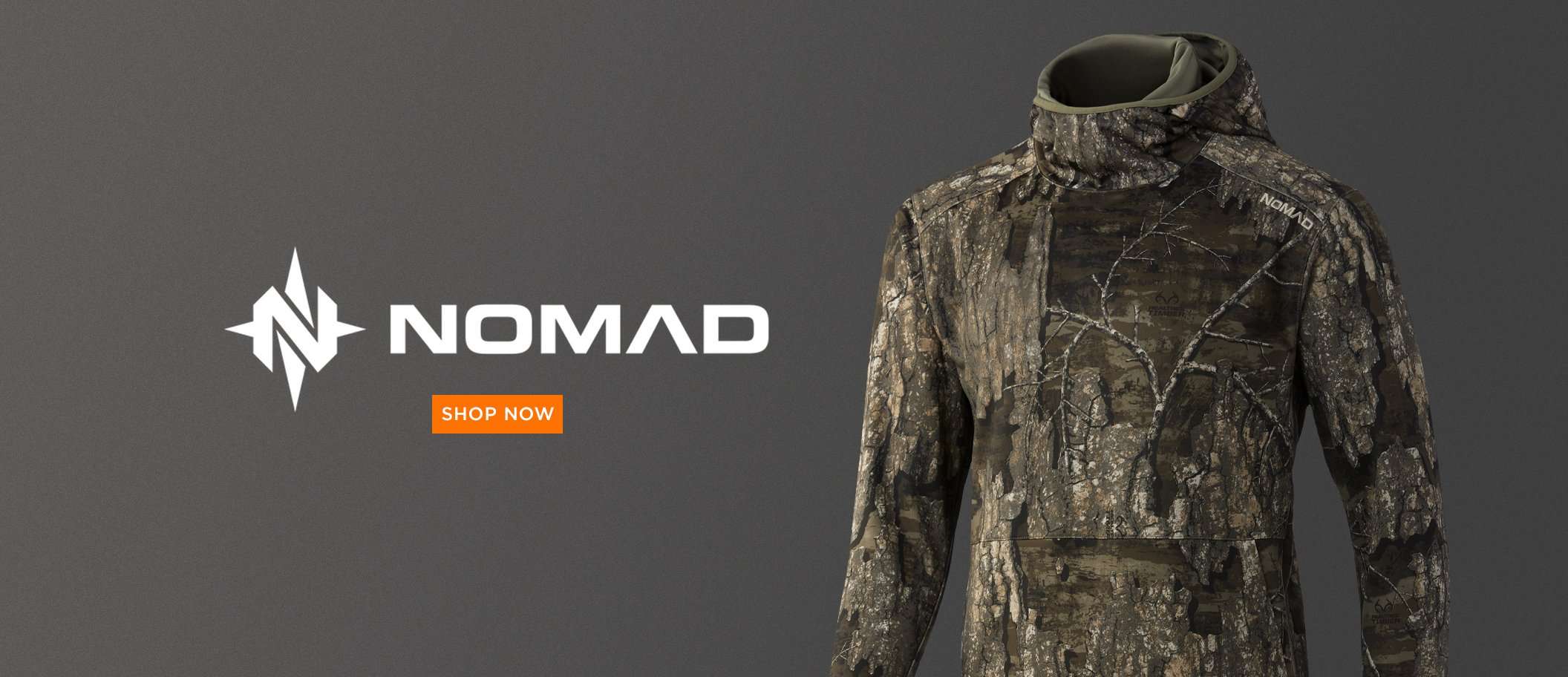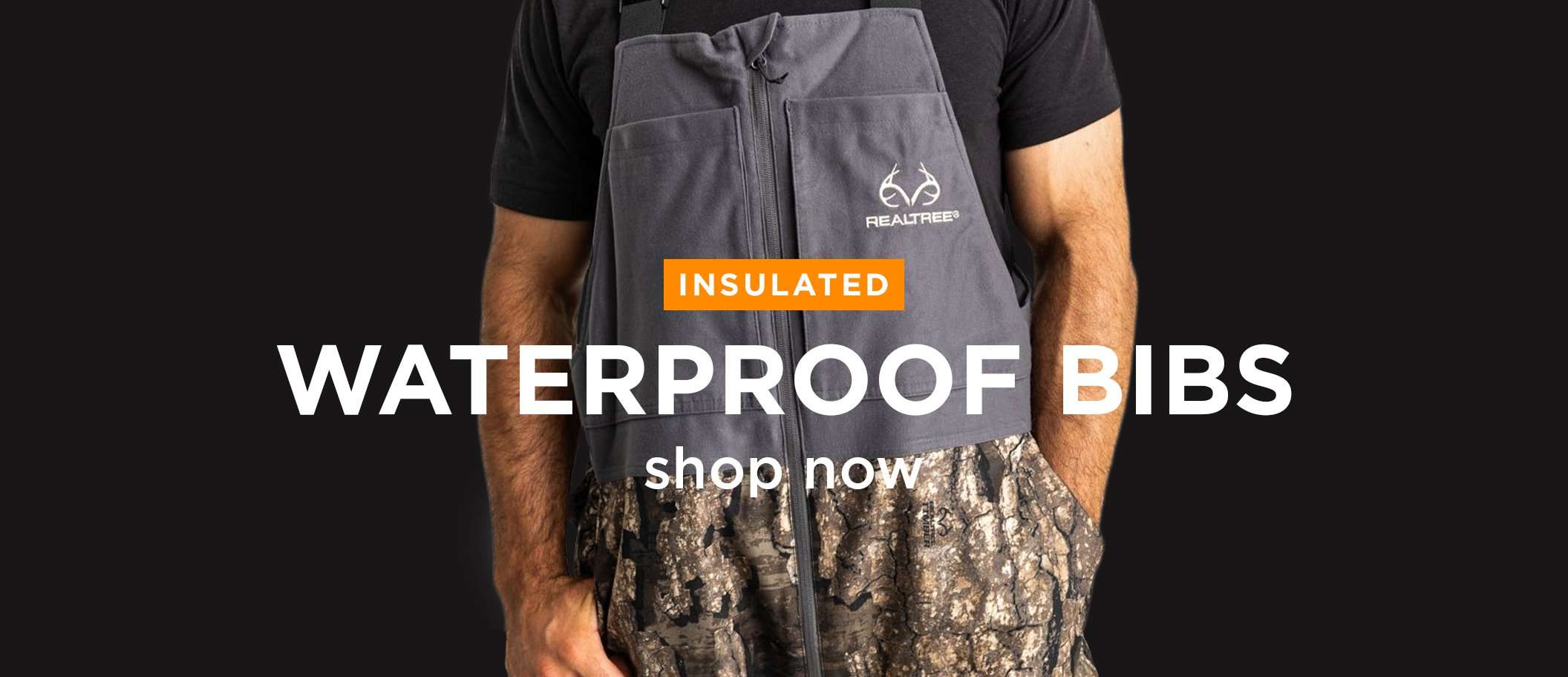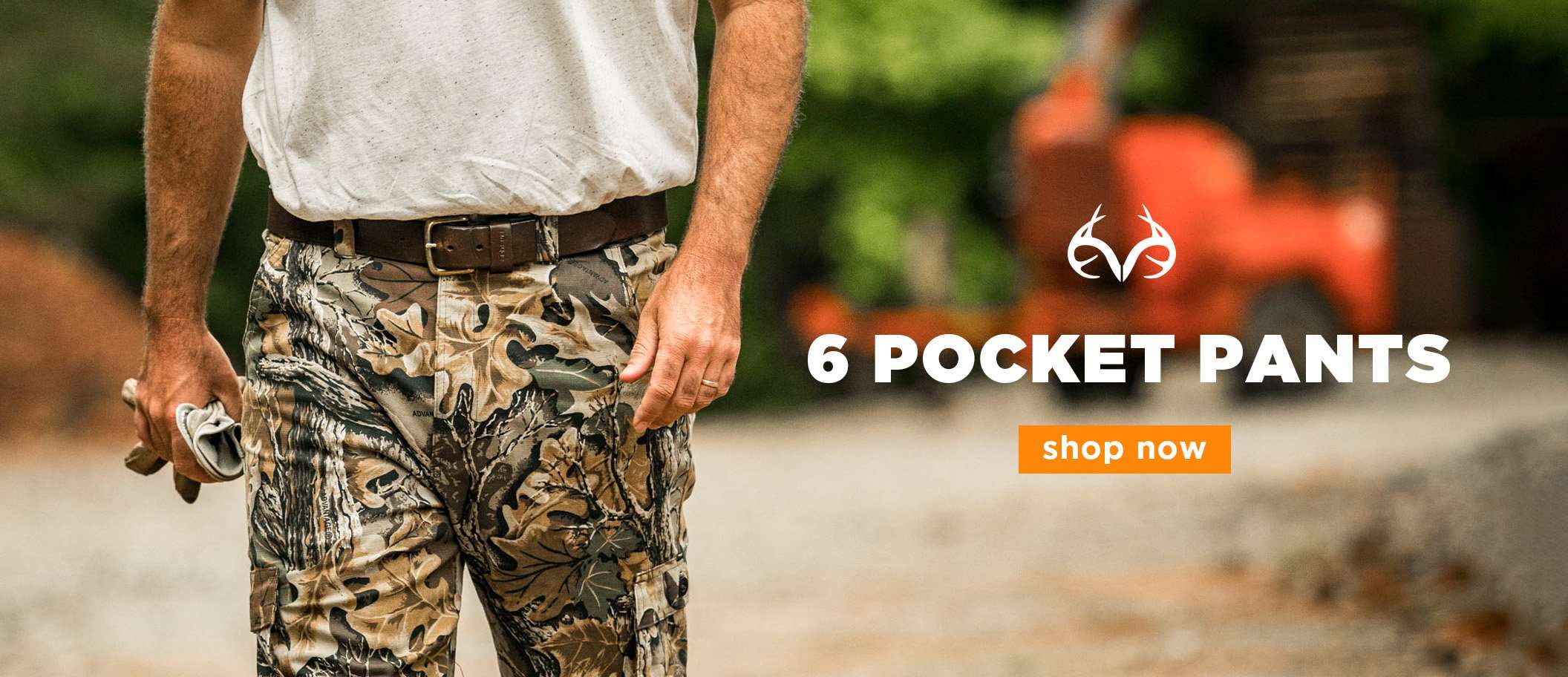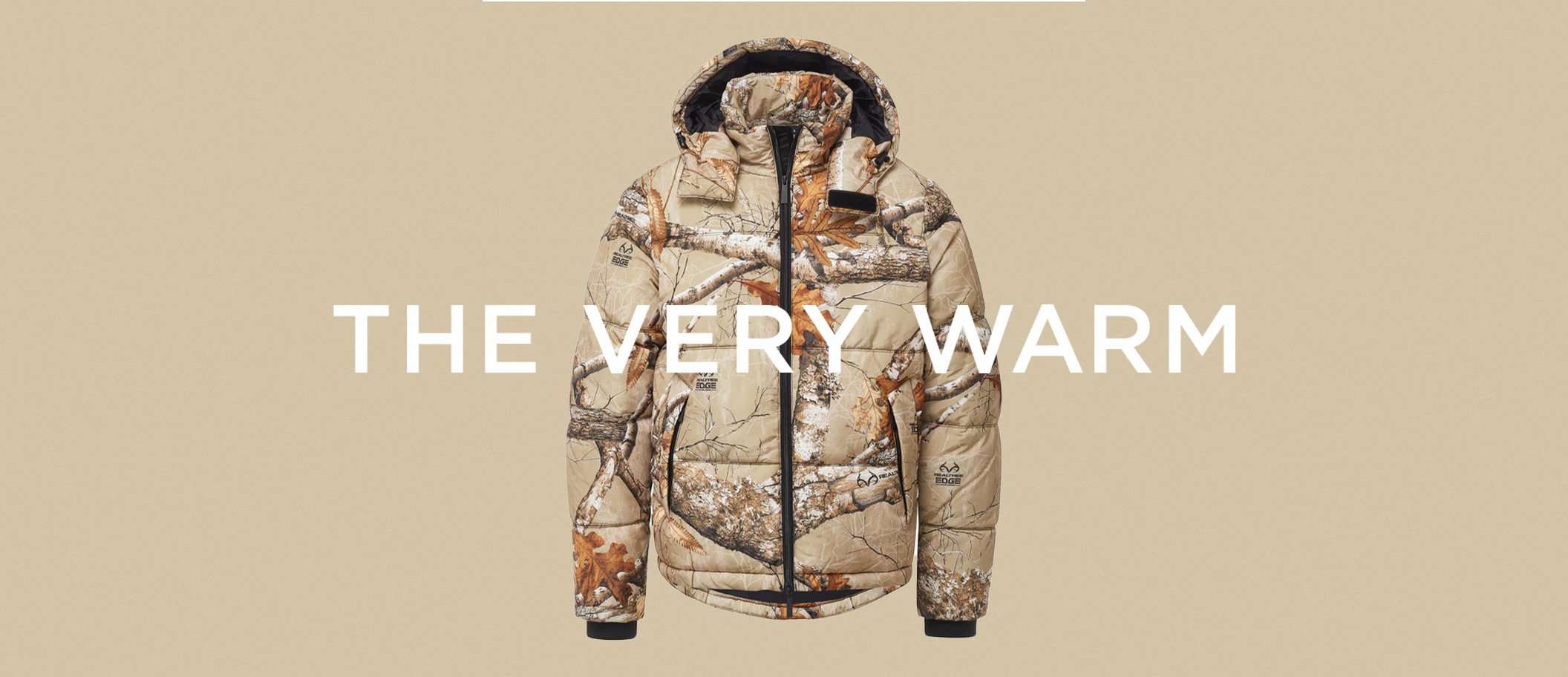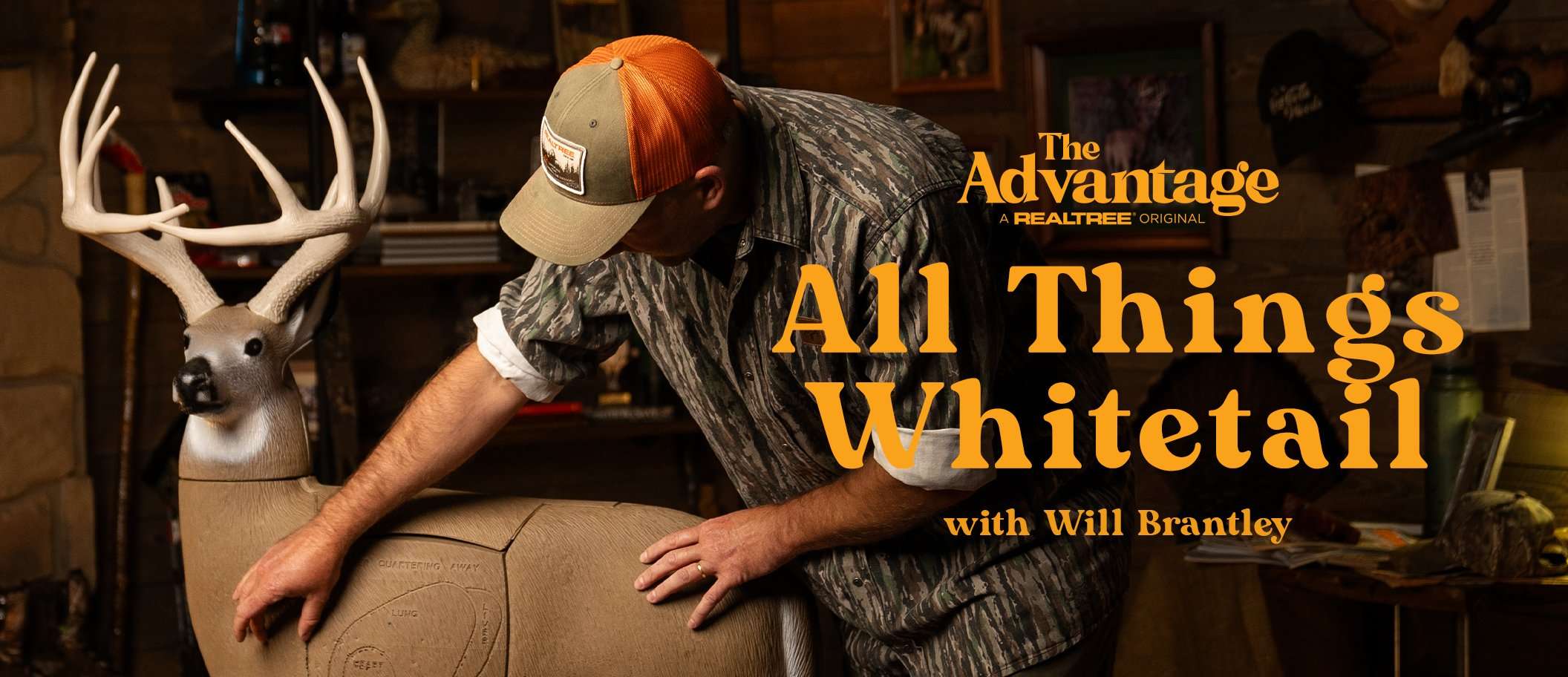From whitetails and black bears to sheep and goats, there are opportunities to fit all dreams and budgets.
Canada encompasses 3,855,100 square miles and is richly diverse in flora and fauna. There are incredible hunting opportunities for a multitude of species to create an unbelievable bucket list. Dream big, and do not be afraid to expand your goals. Here is a list for encouragement.
Alberta Canada Moose
The Yukon/Alaska moose tends to garner the most attention of the three moose subspecies in North America. Their immense size has something to do with it, but the remote and pristine wilderness they thrive in is a big factor. However, Canada moose are the most common in the north, and hunts are readily available and easier to access.
Canada moose are abundant in western Canada, and outfitters with allocations in Alberta offer archery and firearm adventures. From late September to mid-October, hunting the rut is a fantastic time to call in a big bull. The calling season is the best opportunity to bring a big bull out of seclusion and into close range.
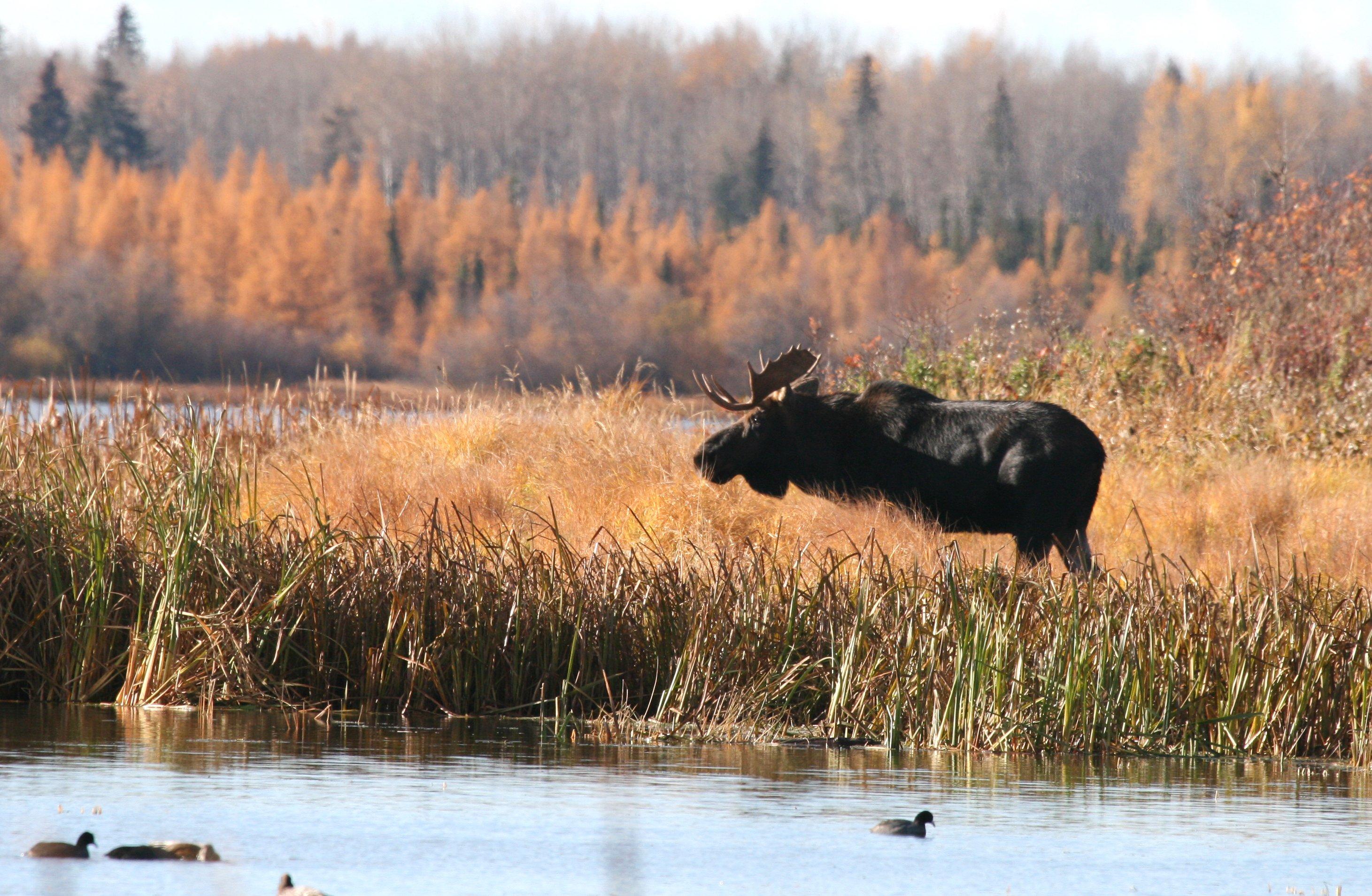
Western Canada moose hunts are often half the cost of a similar hunt in Alaska. Image by Brad Fenson
Moose hunting is often described as days of boredom followed by minutes of adrenaline-pumping excitement. Moose take their time coming to a call, and if a bull is already tending cows, your love-sick cries may take a few days to generate a response.
Bring an assortment of clothing and expect anything from sunburn to frostbite. The hunt will be strategic, and patience is required to hear deep grunts and see big paddles coming through the trees.
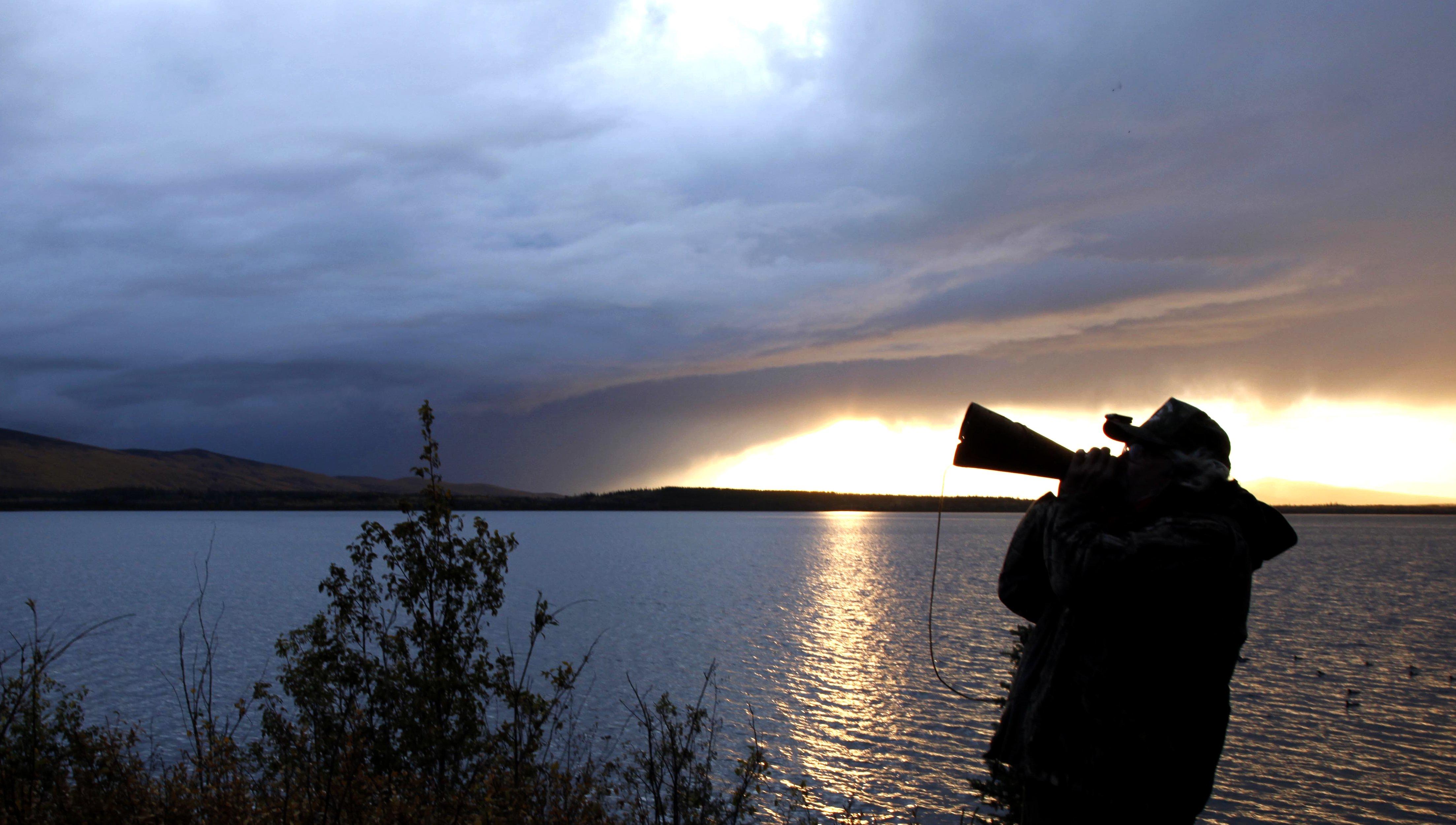
Expect a wide range of terrain and hunting styles. Image by Brad Fenson
Canada moose hunts are about half the price of Alaska/Yukon moose, running anywhere from $7,500 to $14,000. There are remote wall tent camps, fancy lodges, and various options, from running river boats to tackling muskeg in an amphibious ATV or side-by-side. Moose is a great hunt for anyone worried about climbing steep terrain and physical demands. Usually, more sitting and listening is involved than navigating rough terrain with boot leather.
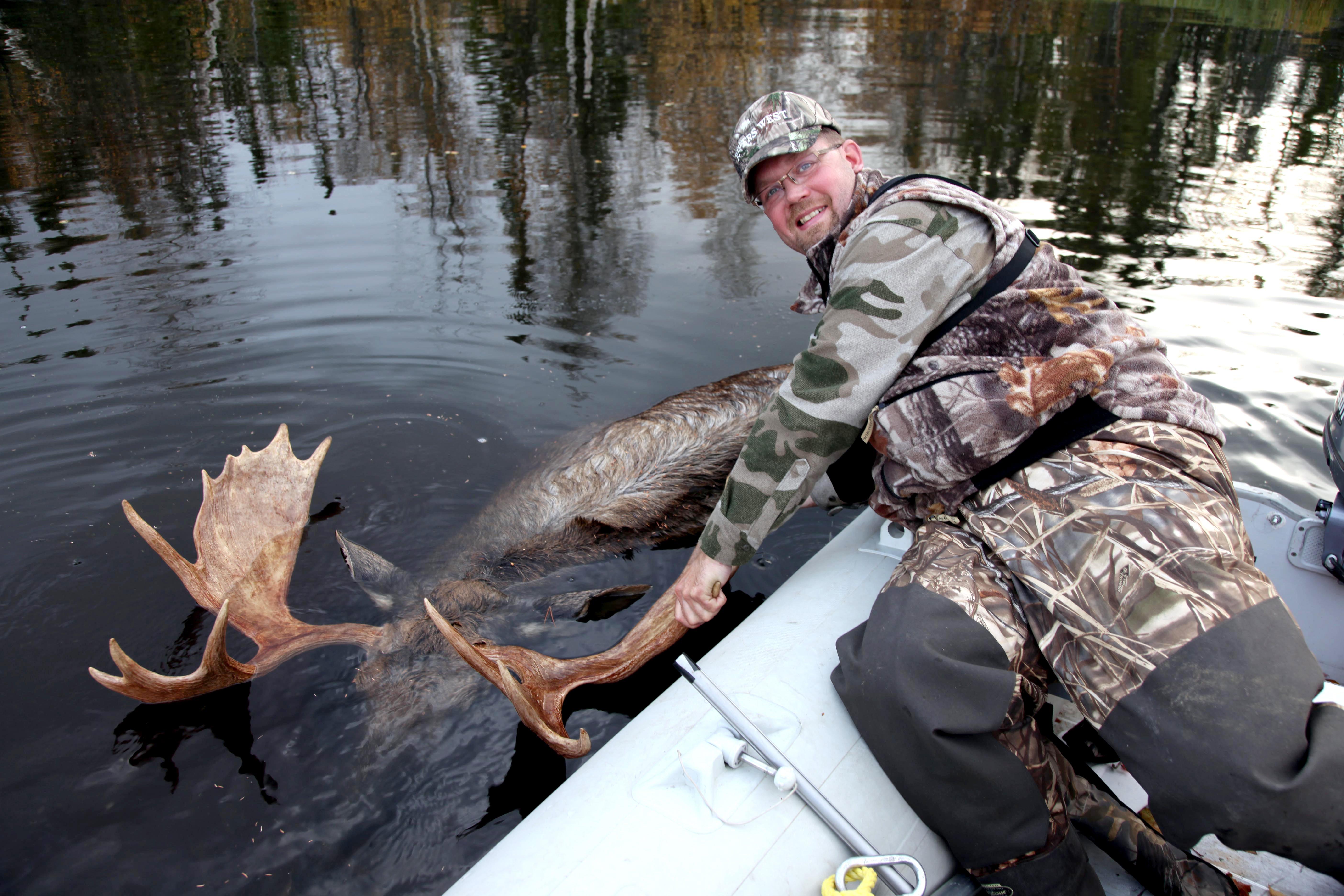
Canada moose are more common in the north and hunts are easier to access there. Image by Brad Fenson
Saskatchewan Whitetail
If you are a white-tailed deer hunter, you likely have Saskatchewan on your bucket list for a hunt. The big-bodied, heavy-antlered deer from The Breadbasket of Canada have appeared in magazines and on television for decades. The province is legendary for producing big deer and fulfilling dreams.
Most outfitting in Saskatchewan is in the boreal forest or on the farmland fringe. Outfitters offer a variety of hunting opportunities, but hunting baited sites is always productive. Hunting in November means short days and often extreme cold. Being mentally prepared is important. If you are susceptible to the cold, choose an outfitter with heated blinds. Early archery and muzzleloader hunts are available, and patterning deer focused on their diet can produce big bucks.
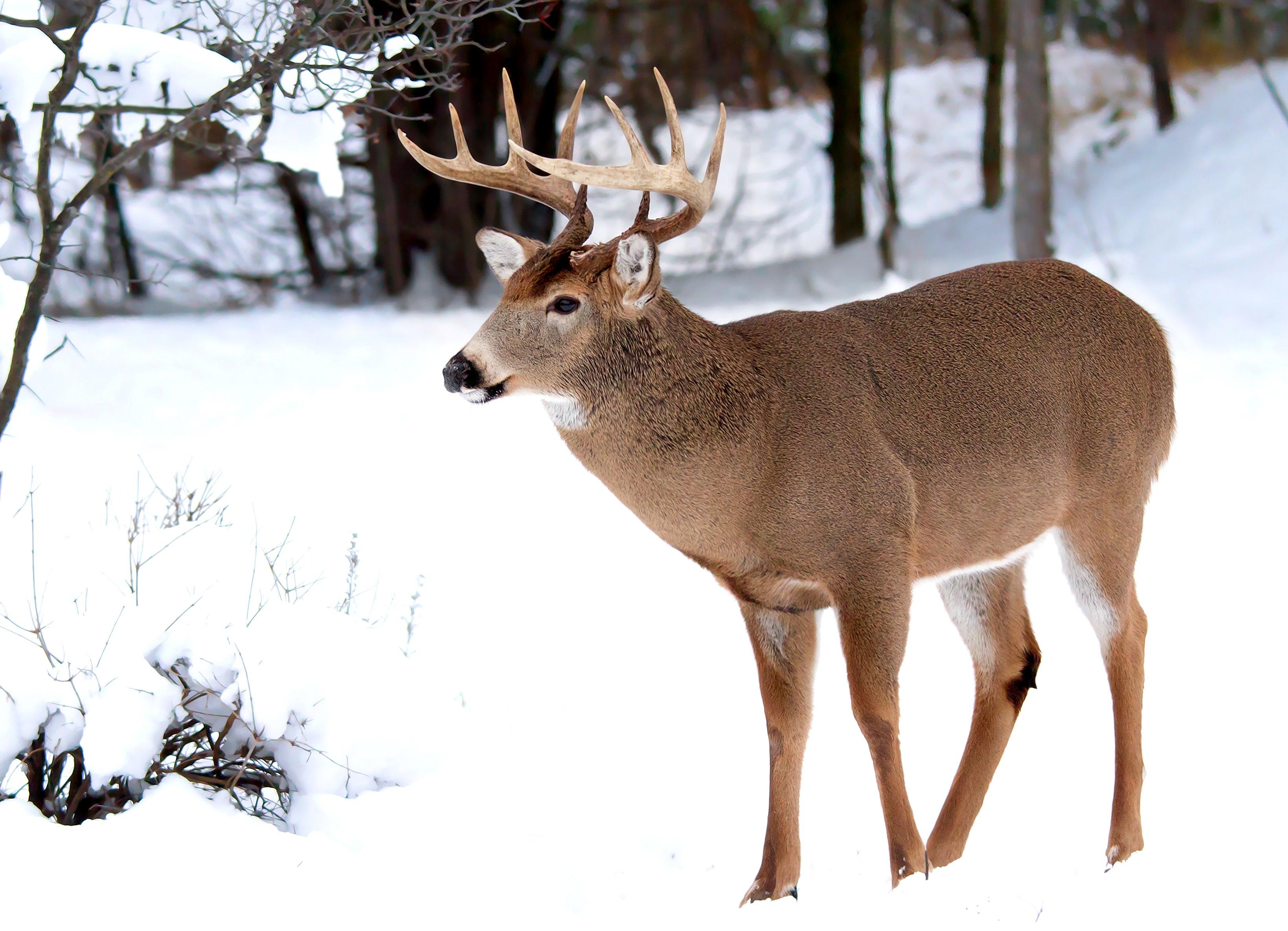
Trophy Saskatchewan whitetails can be hunted in a variety of ways but be prepared for cold conditions. Image by Jim Cumming
There is often a parade of deer, but the big boys are not always easy to entice out of heavy cover. Be patient, but stay alert at all times. Getting caught flat-footed after sitting and watching for several days is easy.
Hunts will run from $5,500 to $10,000, and most outfitters run trail cameras and have a history with the herd they hunt. Bring your best cold-weather gear, and be warned that a hunt often does not remove this adventure from your bucket list but merely perpetuates it.
BC Black Bear
It is hard not to think of British Columbia (BC) when discussing black bears. The provincial bear managers have identified different sub-species, each with unique characteristics. BC has more sub-species of black bears than anywhere else in Canada. The difference in terrain and climate can be attributed to the variance in size and color. Bears along the Pacific Ocean do not have to hibernate like those inland.
Whether you hunt inland, the mountains, or coastal black bears, there is incredible trophy potential and an insane number of bruins. Experts estimate the BC black bear population to be as high as 160,000, which translates to outstanding hunting.
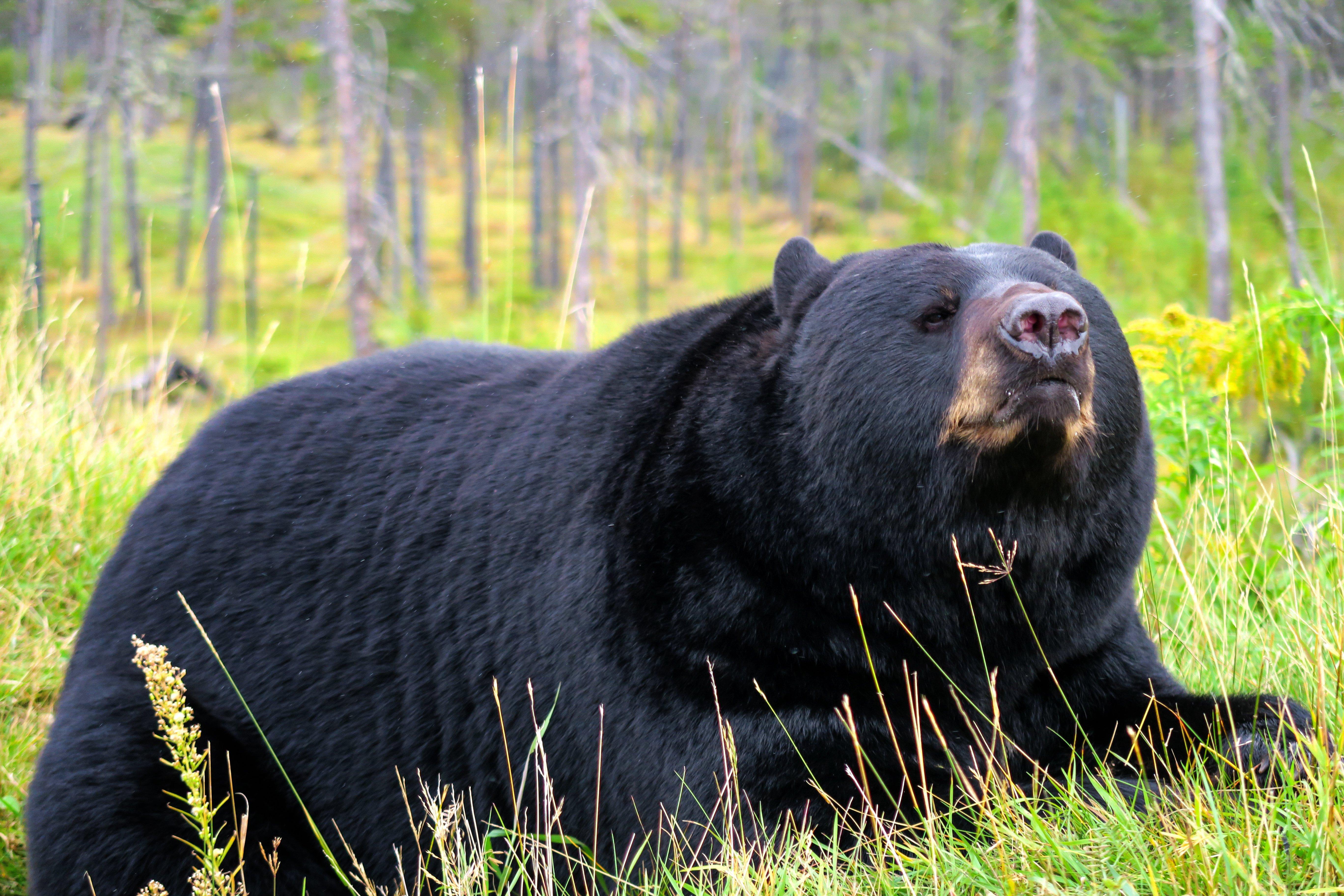
British Columbia offers more subspecies and higher populations of trophy black bears than any other province. Image by Awana
BC is also home to grizzly bears, so hunts are spot-and-stalk, and baiting is prohibited. However, BC is a jurisdiction that does allow hunting bears with hounds. Baying up a big bruin is an extreme adventure and could put a new spin on your bucket list agenda.
Forestry is big business in BC, and hunting cut blocks with access roads is common. Traveling the backcountry and glassing huge expanses of country is typical. Big boats on the ocean access remote stretches of shoreline and rivers with incredible black bears.
Hunts range from $5,000 to $10,000 depending on the location, access, and how far off the grid you want.
Northwest Territories Dall Sheep
Anyone old enough to have read Jack O'Connor likely dreams about hunting white sheep. The Northwest Territories is home to a stable population of Dall sheep within the Mackenzie Mountains. Horses, floatplanes, and helicopters access remote wilderness areas. The NWT permits helicopters to access and drop and pick up hunters.
The old, weathered mountains still require a robust mental and physical approach, and any ram taken is earned. Most outfitters have identified specific terrain best suited for archers or people with physical limitations, meaning anyone with a dream should start looking into a trip.
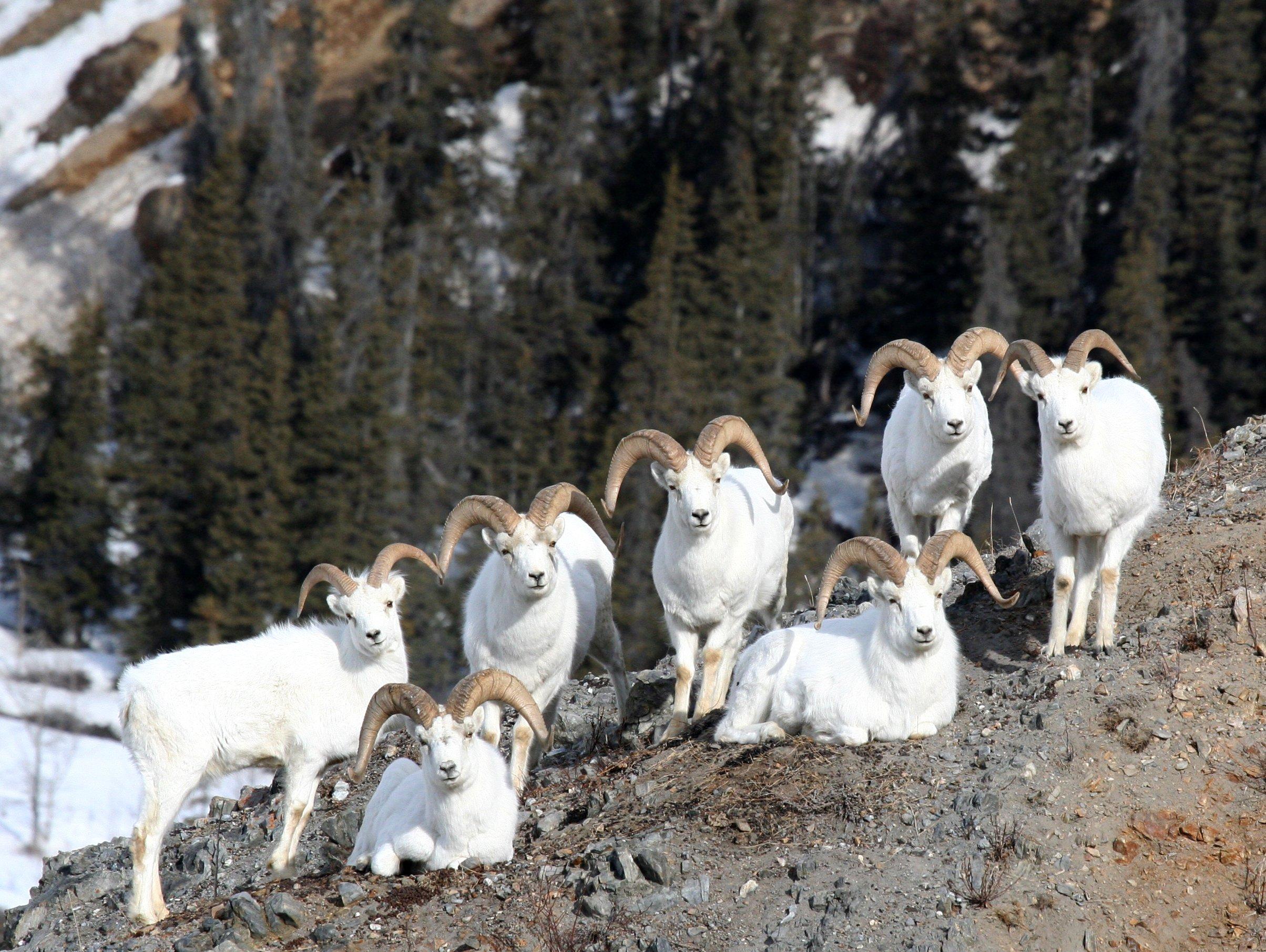
High mountain Canadian dall sheep hunts are tough and trophies are earned. Image by Brad Fenson
Base camps are comfortable, but expect to live on the mountain and sleep in a small tent for most of the adventure. Good optics are essential, and hunting smarter and not harder is the best motto and approach. Be prepared to test yourself and have the right gear. It is common to experience weather from all seasons in a single day. Technical clothing that is lightweight and layered will make a difference.
Sheep hunts continue to become more popular, and costs associated with moving people and equipment around seem to climb yearly. Hunts will range from $25,000 to $40,000. This is a hunt you need to do before costs increase even more.
Yukon Woodland Bison
There are few places in North America where you can still hunt free-range wood bison. The Yukon re-established bison populations in the late 1980s as part of a national program to recover endangered species. Since reintroducing 170 bison, the herd has grown enough to provide consistent and sustainable hunting.
Wood bison are the largest land mammal in North America and can tip the scale at over 2,200 pounds. Big bulls like solitude and remote wilderness, making a hunt a true adventure. Wood bison should be on your bucket list if you are looking for a hunt that requires stealth, patience, and determination.
***Don’t Miss: *ARE HUNTER NUMBERS ACTUALLY DECLINING?
Hunting is done out of remote cabins, and snowmobiles are used to search the backcountry for tracks. Snow-capped mountains and rugged, remote country are in every direction. Snowshoes are often required for the final stalk. Hunts run from December through March, in winter, when access is best and hides are in the best condition.
Hunting opportunities are limited, but planning will allow you to add this hunt to your bucket list. Prices vary, and most outfitters need to be contacted for quotes. If a bison is on your hit list, remember that there are also outfitted hunts in BC, Alberta, and Northwest Territories.
Alberta Mule Deer
Alberta is a best-kept secret for mule deer in North America, often overlooked as a prime location to harvest a trophy. A 175-inch buck is achievable, and the record books show an incredible number of bucks that measure over 200 inches. Mule deer range from the farmland of northern Alberta to the prairie grasslands in the south. The mountains provide great hunting and an incredible vista. Licenses are obtained through an outfitter, and success rates are high.
Alberta mule deer are at the northern extent of their range, and big-bodied bucks are impressive. A mature mule deer buck will rival a young elk in size and have the headgear to match. Dealing with deep snow and cold has meant the biggest and strongest evolved and thrived.
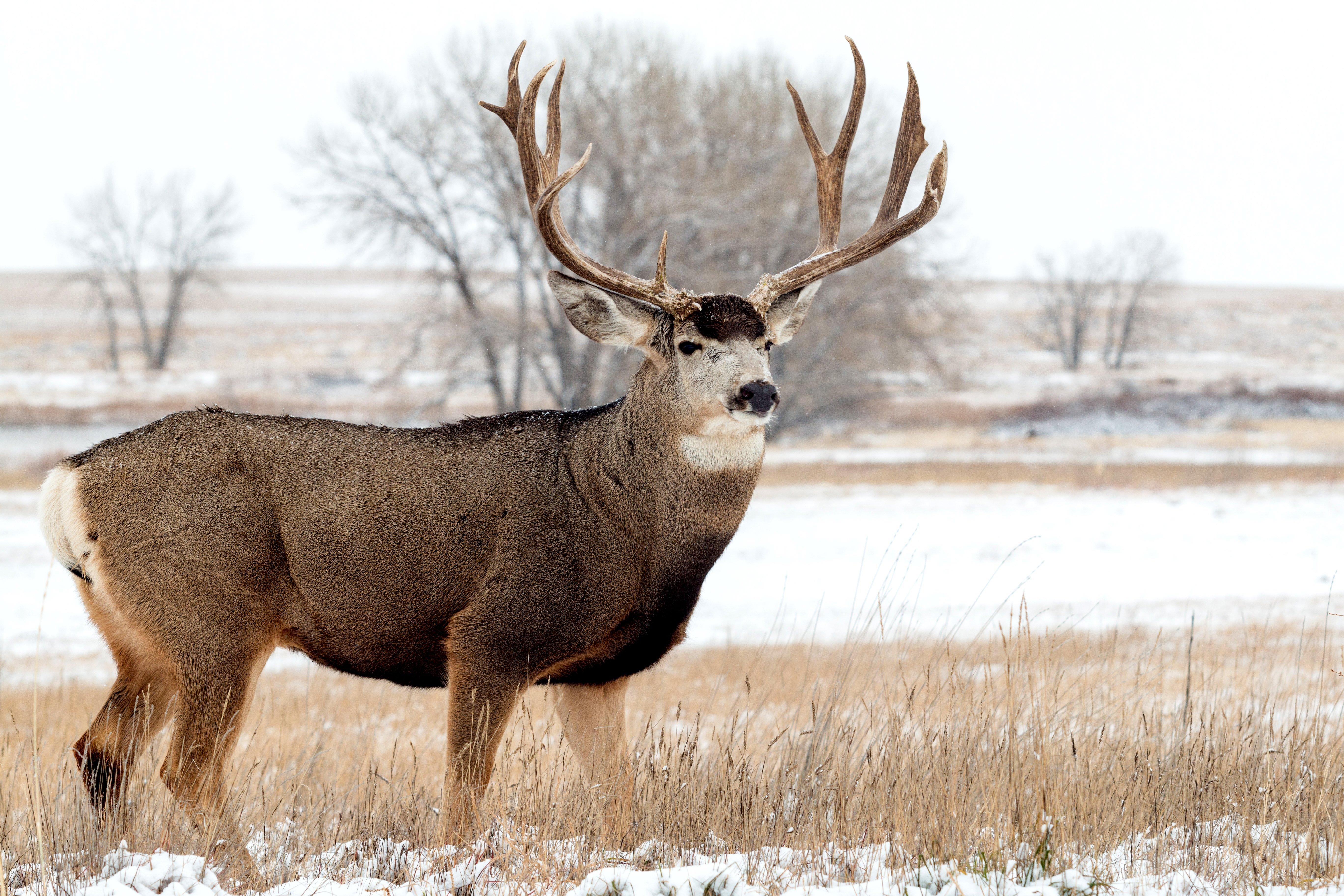
Often overlooked, Alberta is a hotspot for giant mule deer. Image by Tom Tietz
Hunters have many options and can find truck-based hunts, spot-and-stalk, or sitting in treestands or blinds on agricultural fields. There are even horseback hunts in the foothills and mountains for the adventure seeker. The early archery seasons seem to be a favorite, and with some seasons opening in late August, there is a chance for antlers in velvet. However, it is hard not to focus on the November rut when big bucks appear out of nowhere. The river valleys and coulees in the south are dramatic, with exciting hunting opportunities. Northern rifle seasons open as early as September 17, when patterning deer in the fields is prime.
Hunts will range from $5,500 to $10,000, with many options. Most outfitters have great accommodations and meals, a bonus on any hunting adventure.
Nunavut Central Barren-ground Caribou
The migrating strings of caribou snaking over the barrens is something most hunters dream about. Wildlife documentaries have shown the potential of the migration and the awe-inspiring dreams of being in the land of the nomadic deer. Two decades ago, there were plenty of opportunities to hunt caribou in North America, but that has changed drastically. The central barrens continue to sustain healthy populations where hunting is encouraged.
Nunavut is the newest territory of northern Canada, created on April 1, 1999, when the map of Canada was redrawn and the Northwest Territories divided to form the new region. Hunts are available through outfitters and regional Inuit Hunting and Trapping organization.
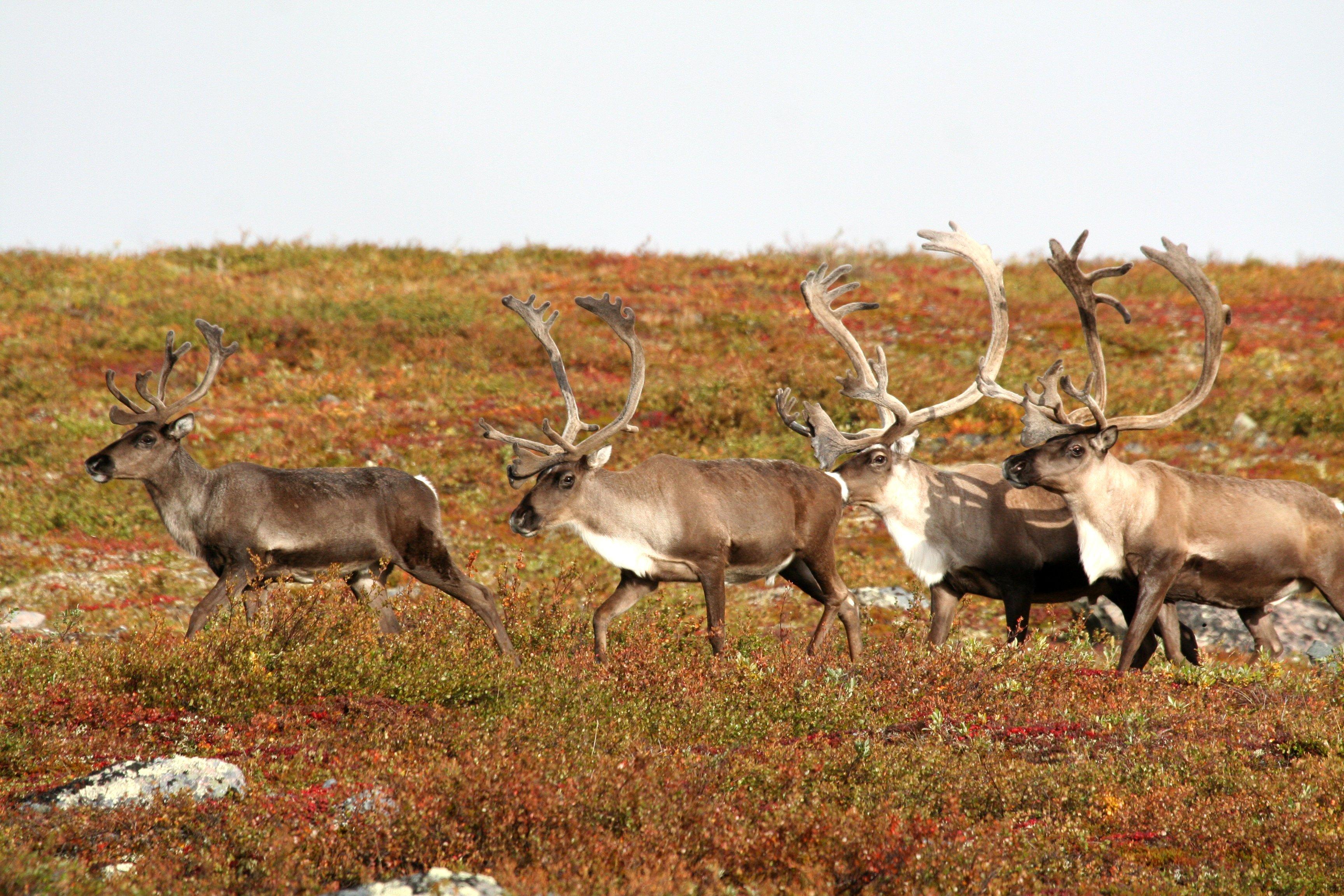
Nunavut Territory in northern Canada still boasts strong populations of caribou. Image by Brad Fenson
Nunavut caribou outfitters offer unique camps where you can test boots or cruise the shoreline of a lake along migration routes. Floatplanes take hunters to and from remote camps, where you will experience the allure of the north and hopefully see the northern lights dance across dark skies. Most hunts run six days and also provide great angling opportunities.
Caribou are hard to access, which is reflected in the cost. A northern adventure runs between $10,000 and $15,000 but is much more than a hunt. Consider doing a combo hunt and include muskox in some camps. There are some hunts available in northern Manitoba, too.
BC Mountain Goat
BC is home to about 50,000 mountain goats, half of the North American population. Goats range across the province in mountainous terrain and flourish in the steep, unforgiving coastal mountains. There are lots of outfitters that can help fulfill an adventurous dream. Seasons run from August through late February in some zones. Hunts can vary from warm-weather backpack excursions to snowshoes and hiking poles over deep snow late in the winter.
Glassing is an important aspect of any hunt, and knowing what you are after before climbing ensures you have the energy and resolve to finish when the right billy appears. Mountain goats have diminutive horns compared to mountain sheep, but the hunt is every bit as exciting.
***Don’t Miss: *KEEP YOUR CAMP KITCHEN KNIVES RAZOR SHARP
Backcountry fly-in, horseback, or hiking trips can be considered. Late-season adventures include snowmobiles or tracked all-terrain vehicles. Some hunts are easier than others, but part of the adventure is being able to say you completed a hunt successfully under your own power.
Mountain goat hunts range from $11,000 to $20,000, and the hunter's physical condition often determines success. Winter hunts can produce goats at lower elevations, and some areas are accessible by boat. In other words, if a mountain goat intrigues you, there is a hunt available for anyone if you do your research.

